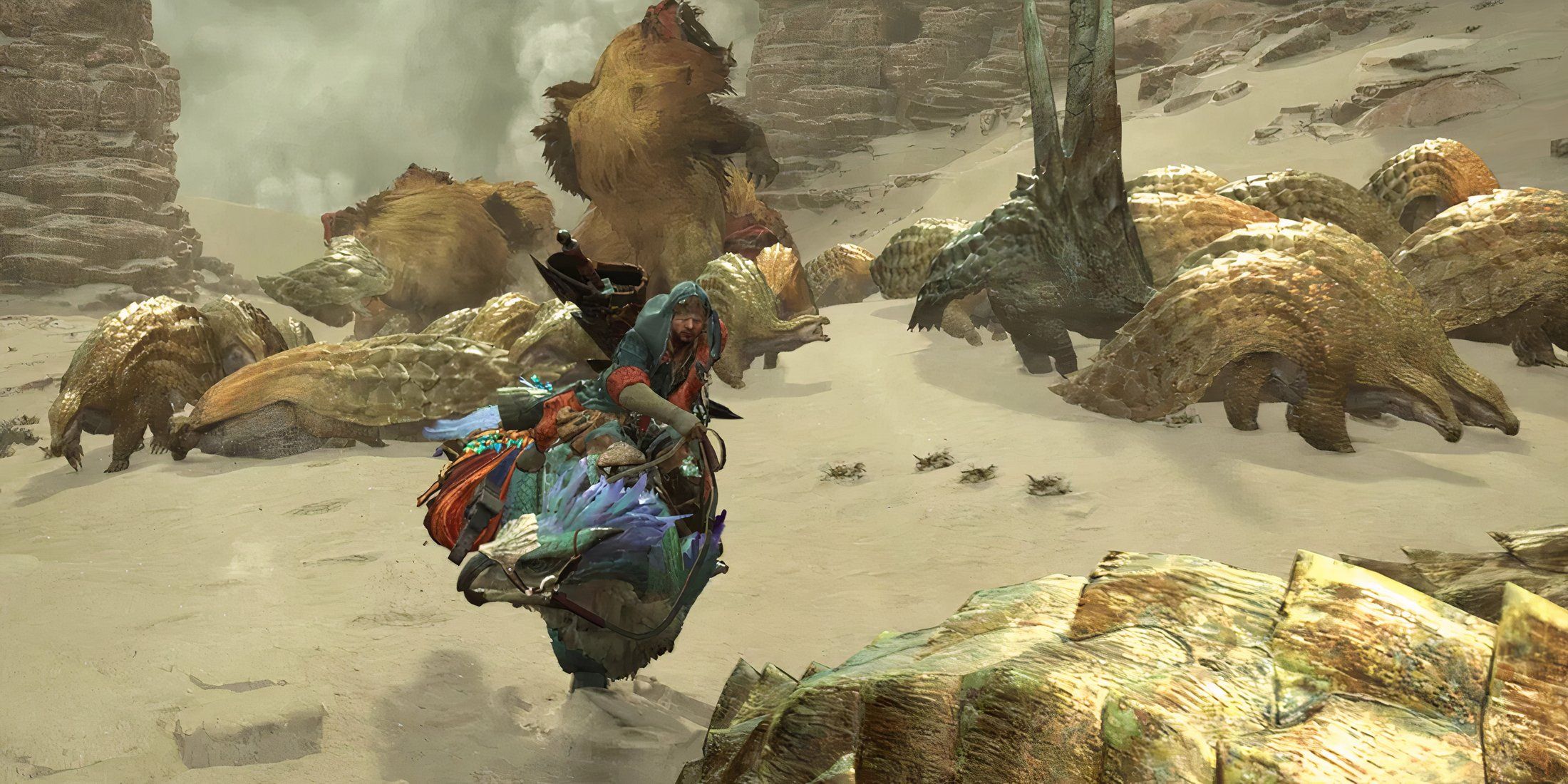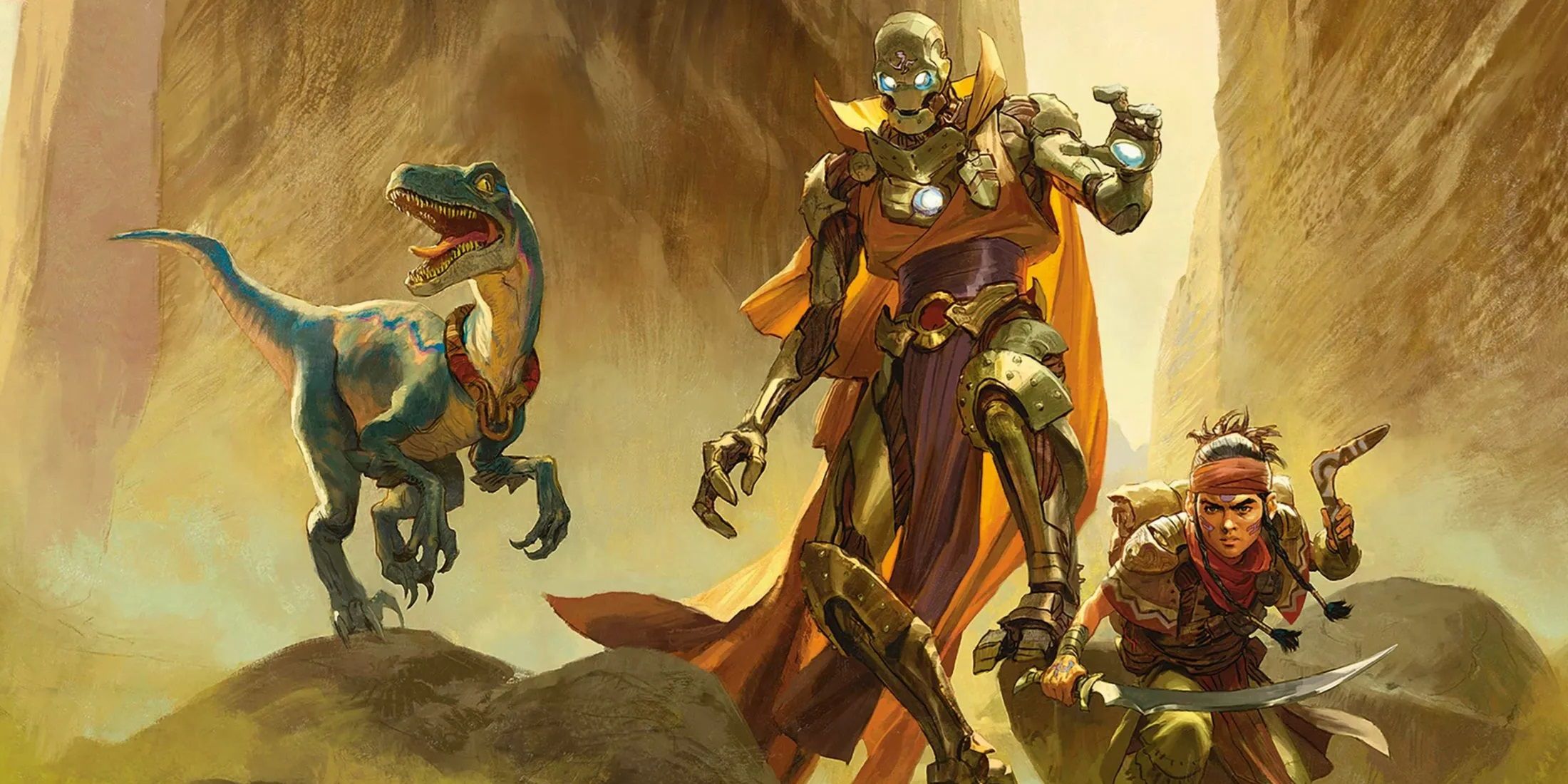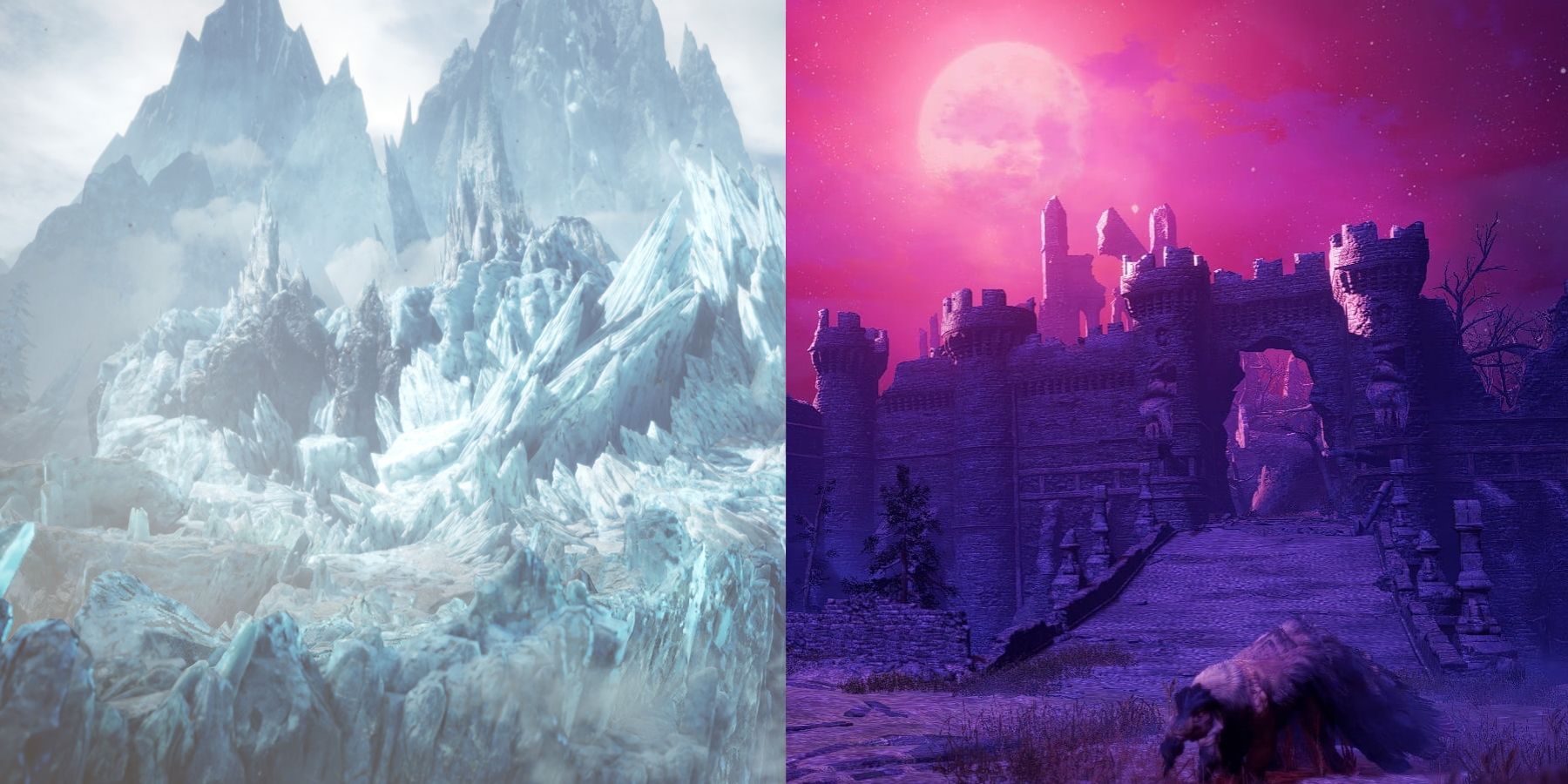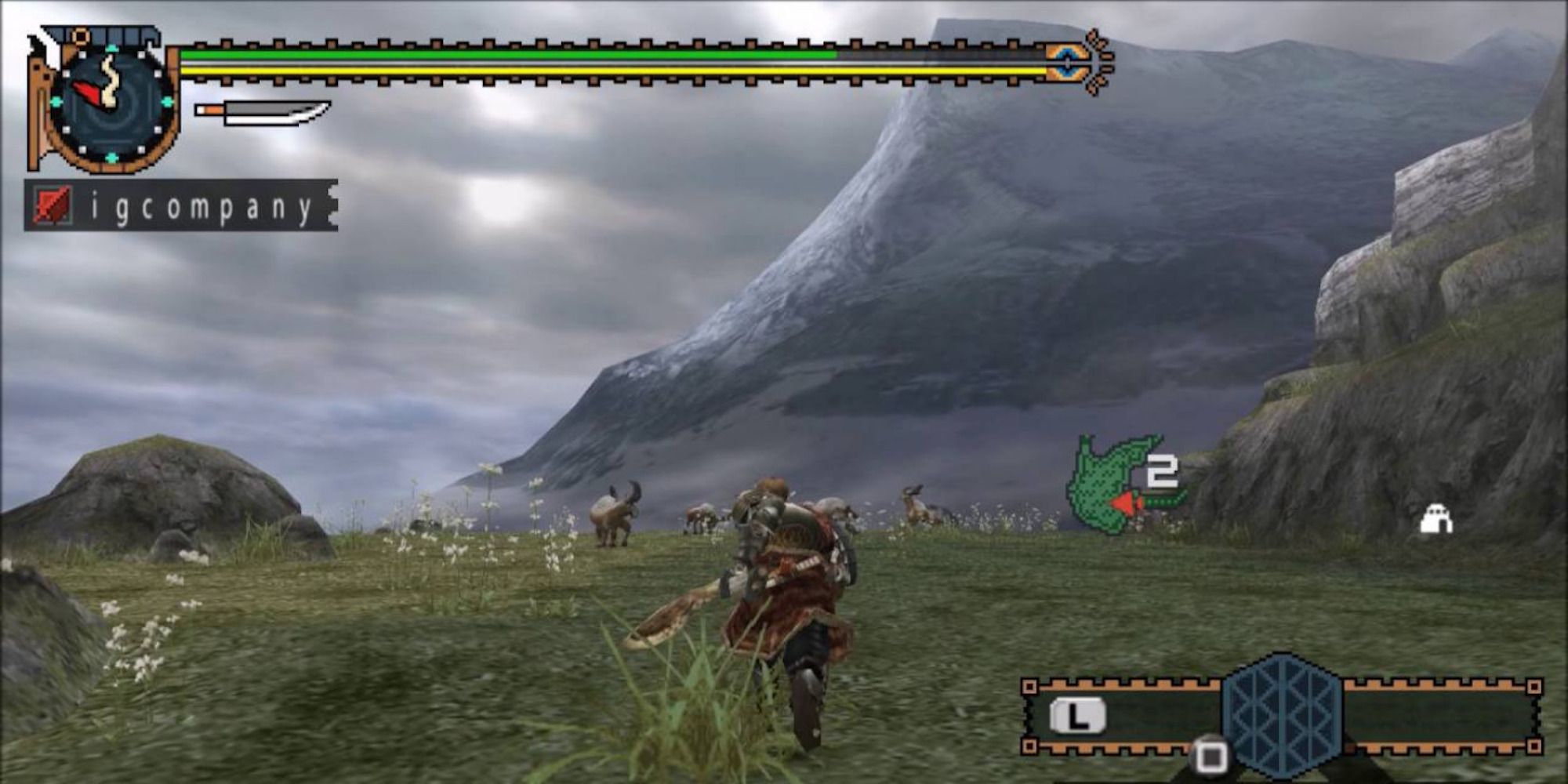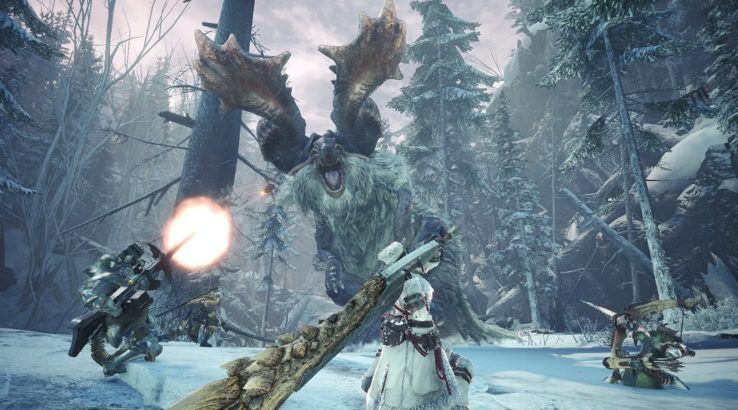Highlights
- Monster Hunter's unique appeal lies in its deep ecological world-building, with diverse environments that function as actual ecosystems and impact the monsters themselves.
- The biomes in Monster Hunter serve as indicators of progression and contribute to the storytelling, with late-game areas expressing larger truths about the world and its history.
- Monster Hunter: World streamlined the game's locales into a more digestible format, showcasing some of the franchise's best ecology yet and redefining the series. Future games are likely to continue exploring new and unfamiliar environments.
Having pioneered a niche of its own, Monster Hunter is one of Capcom's most unique long-running franchises due to its original approach to third-person action. Featuring numerous sets of ferocious creatures to hunt down over the years, Monster Hunter has survived several console generations since its debut back in 2004. With an ever-growing roster of new monsters in every release and the sweeping success of Monster Hunter: World’s fresh formula, the series doesn’t seem to be slowing down anytime soon. The popularity of its titular enemies is generally seen as Monster Hunter’s biggest appeal, but many fans may be taking the series’ deep ecological world-building for granted.
The primary focus of any Monster Hunter title is undoubtedly the battles between hunter and creature out in the frontier, but far more intention goes into these games beyond just that. Any gamer who has experienced a few ranks of any village’s quests will know that the world is filled with diverse environments that exist as more than just arenas, but actual ecosystems that can represent nature’s greatest potential and allow for Monster Hunter's gathering elements. Monsters are more than just simple dragons or dinosaur-inspired beasts, they are the evolutionary results of biomes that are capable of being just as impactful.
The Mystery of Monster Hunter’s Old World
Monster Hunter’s Focus on Diverse Ecosystems is Key to its Identity
Prior to the arrival of Monster Hunter: World in 2018, the entirety of the franchise’s existing maps were all located in what is now known as the “Old World”. An amalgamation of various continental landmasses and islands, the Old World featured regions for nearly every type of natural environment or weather condition. Even the original Monster Hunter allowed players to explore not just forest and jungle regions, but desert and swamp areas all inhabited by creatures that seemed specifically adapted to their surroundings. Representing not just world-building, different biomes have also always been clear indicators of progression as a player ascends through hunter ranks.
The Storytelling of Monster Hunter’s Biomes
Fitting with the concept of marking progression through a Monster Hunter title, late-game biomes are often able to express a larger truth of the world that fits the epic tone of their powerful monster encounters. Even a more challenging biome like the volcano has ties to known nature, but a place such as Castle Schrade tells a different kind of story that is unique to the series. Ruins where a seemingly great civilization once existed, the environment of Schrade depicts the aftermath of Fatalis destroying everything.
Monster Hunter: World Made Biomes More Important Than Ever
The New World’s Environments Make Perfect Sense
While the Monster Hunter series’ growing set of locales and opponents alike may have grown to be confusing to piece together for some, the reboot-esque approach of World has since condensed things into a more digestible format. Set in an unexplored continent known as the “New World”, the biomes of World serve as a streamlined selection of some of the best ecology in the games yet. The lush Ancient Forest and barren Wildspire Waste honor the traditions of the franchise, but new concepts like the Coral Highlands and Rotten Vale and the relationship between the two have played a major role in letting World redefine Monster Hunter.
New Biomes Are Likely to Define Monster Hunter's Future
While it may be true that Monster Hunter Rise shifted towards a more classic focus on the actual fighting of monsters, its introduction of Kamura Village and the unique culture is just as significant. Following Iceborne’s further introduction of biomes like the Hoarfrost Reach and Secluded Valley, it’s clear that the world of Monster Hunter is far from fully explored. As rumors of a follow-up to World continue to build, players may be venturing into even more unfamiliar environments sooner than later.
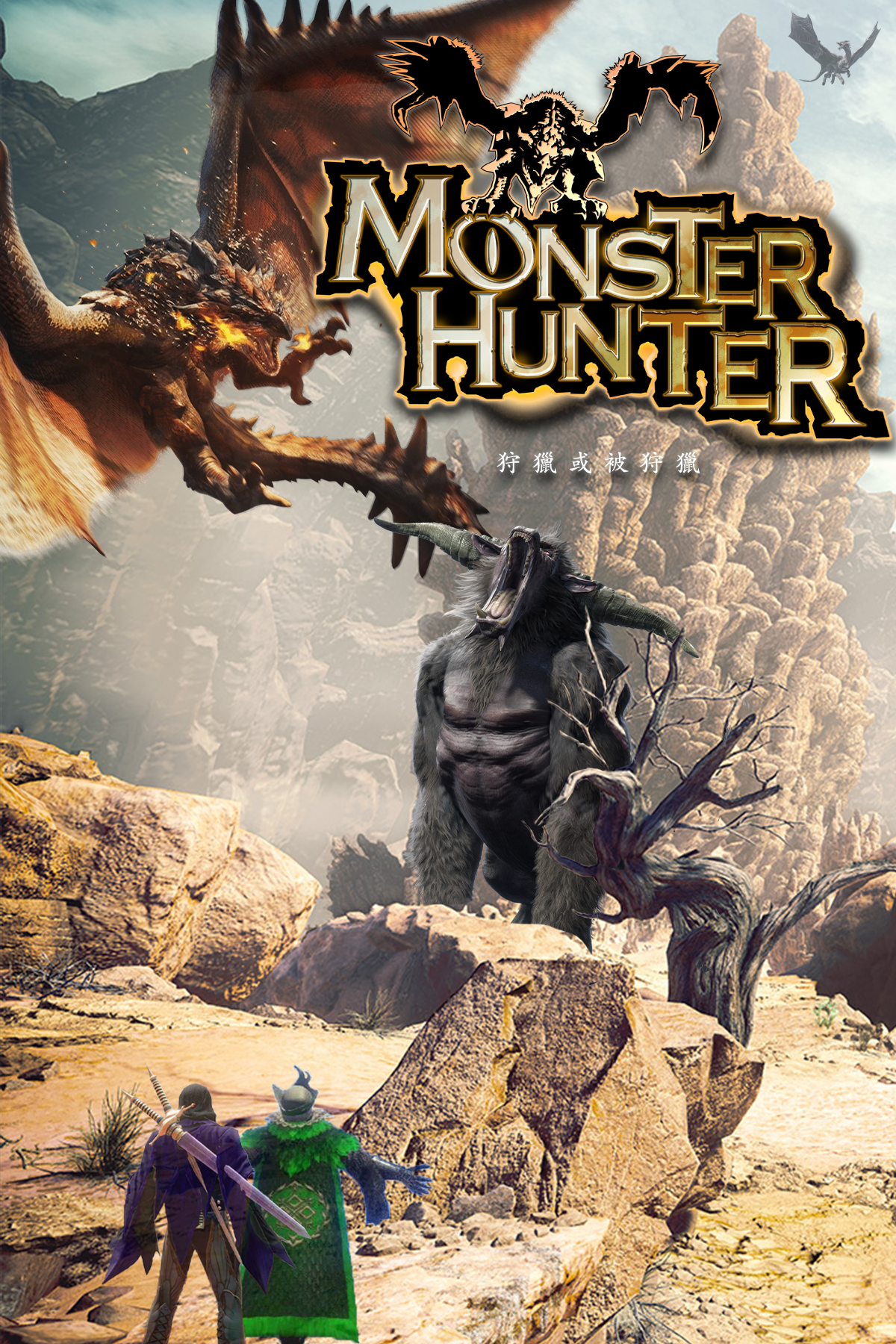
Monster Hunter
Monster Hunter is an action role-playing franchise from Capcom that, as the name suggests, tasks players with tracking down and killing enormous monsters of various species.
The main series games are often big hits with critics, particularly thanks to how enjoyable the games are with friends.

